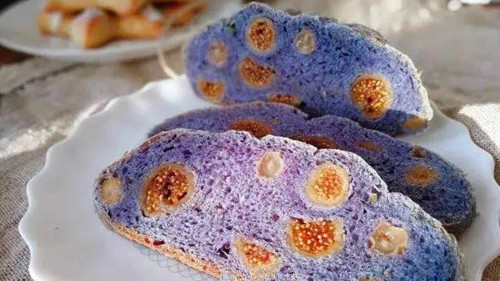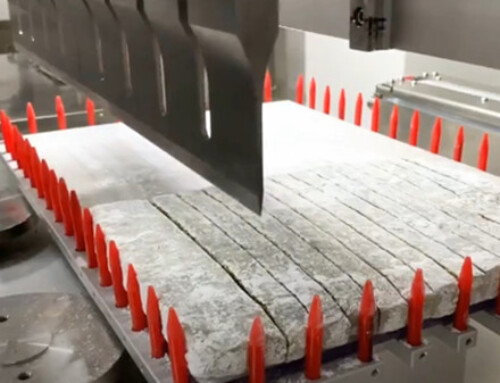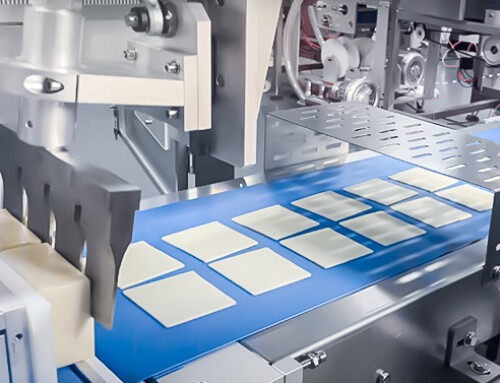Project Description
Starry Bread
If the city lights are too bright, use bread to fill the starry sky
In midsummer, I really want to see the stars! Some people use a camera to record the starry sky, some people put the starry sky into the canvas, as everyone who loves baking, of course, they have to use bread to hold the entire starry sky~

The faint blue color of butterfly pea flowers after soaking in water constitutes the most basic color of the starry sky. Various nuts, such as figs and pistachios, are mixed to form a starry star. Each slice of the cut bread has a different picture. The mellow aroma of the bread matches the sweet and sour figs and the crispness of pistachios. The taste is rich and chewy! It can be said that the romance is not diminished, and the deliciousness still exists.
Step
1. First, mix and knead the Chinese ingredients: 150 grams of high-gluten flour, 1.5 grams of high-sugar-tolerant dry yeast, and 95 grams of water. The room temperature will rise twice as much as possible for later use, or refrigerate for use after 18 hours.
2. After soaking 15 grams of dried butterfly pea flowers in 150 grams of boiling water for five minutes, filter out the flowers and leave about 130 grams of blue liquid. Let cool for later use.
3. Mix the medium seeds with the main dough ingredients (110 grams of high-gluten flour, 40 grams of whole wheat flour, 2 grams of high-sugar-tolerant dry yeast, 25 grams of white sugar), knead the dough with a chef machine or hand to the initial expansion stage, add 20 grams The butter and 3 grams of salt continue to be stirred. (The primary expansion stage refers to the ability to pull out a relatively uniform film, break a hole by hand, and the hole has small jagged teeth.)
4. One-time proofing: Put the dough in a three-times-sized baking bowl, cover the surface with plastic wrap, and ferment at a room temperature of 26 degrees to 2-2.5 times its size. (Finger poke hole method-check whether the dough is well developed. If the hole does not shrink or collapse, it means that the dough is well developed. Retraction means incomplete fermentation, and collapse means excessive fermentation.)
5. Divide the fermented dough into two, tap the air gently with your hands, spread into a rectangle or circle, and spread figs, raisins, cranberries and pistachios evenly. Then wrap the filling in a fold and roll it into a ball.
6. Let the two spherical doughs relax at room temperature for another 20 minutes, while sifting flour in the fermentation rattan basket. Put the loose dough in the ball again by hand, tighten the gluten on the surface, and put it in the fermentation basket upside down.
7. Secondary proofing: The secondary proofing is carried out for 60 minutes at a temperature of 30 degrees and a humidity of 80%, which is about twice the size of the basket. At the same time, preheat the oven to 200 degrees 15 minutes in advance.
8. After the fermentation is complete, quickly buckle the rattan basket on the baking tray with both hands, and use a blade to quickly cut the cross-cut, #-shaped mouth on the surface of the dough, with a depth of about 0.5 cm.
9. Bake in the oven. Use a watering can to spray some water on the walls of the oven, and bake at 200 degrees for 20-25 minutes. If the surface is too dark, cover with tin foil for about 15 minutes.




